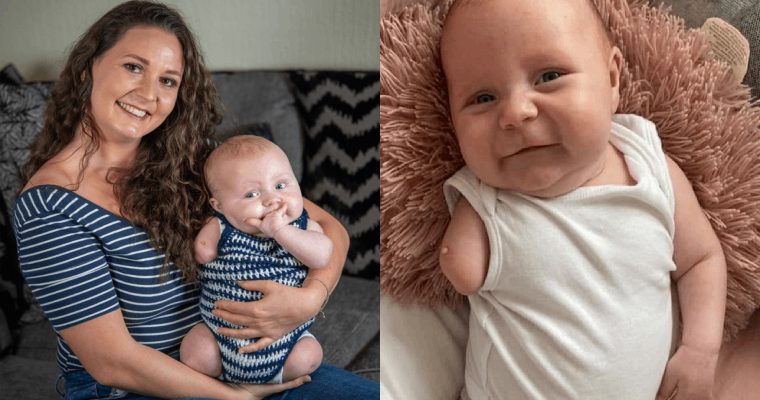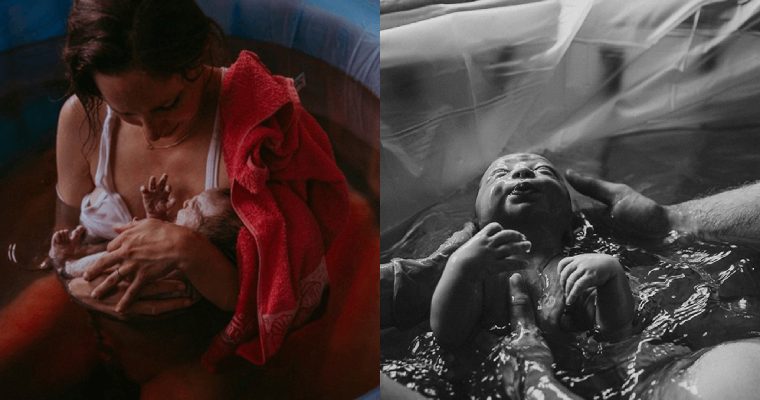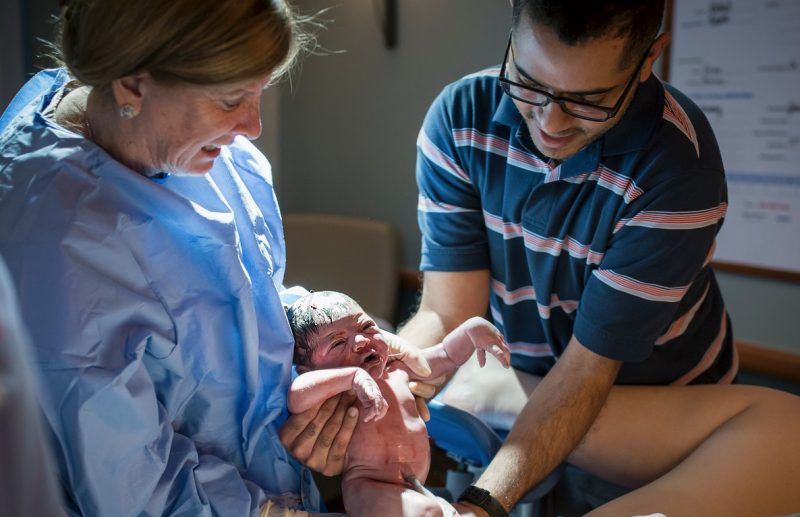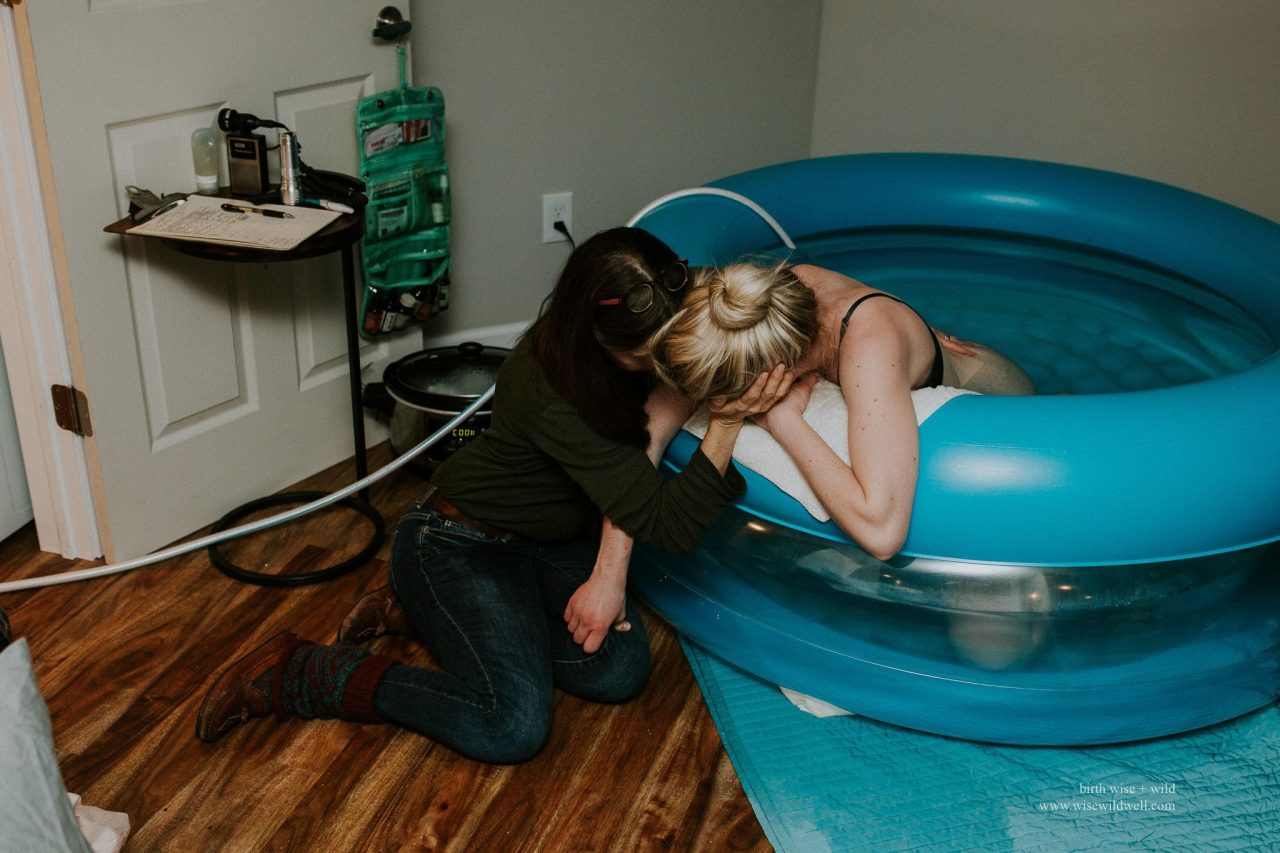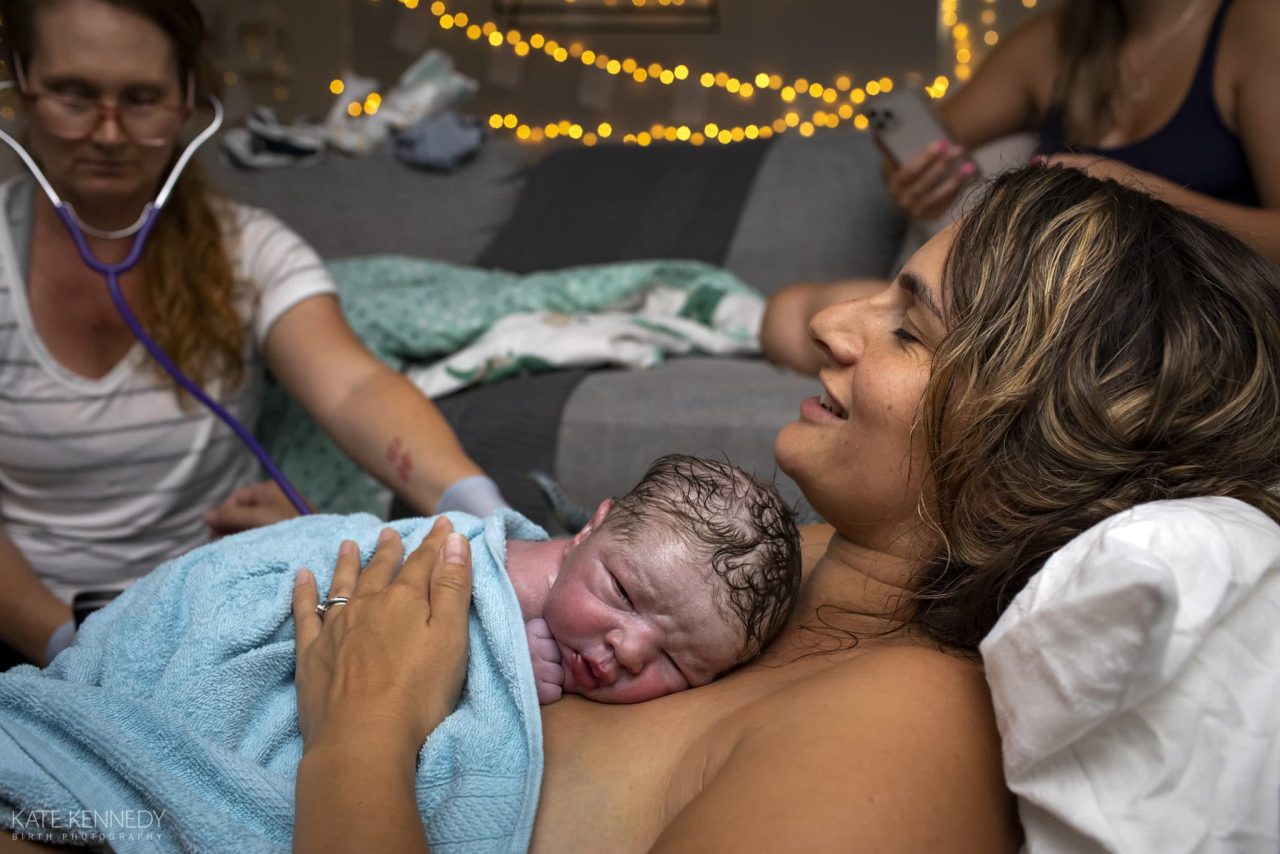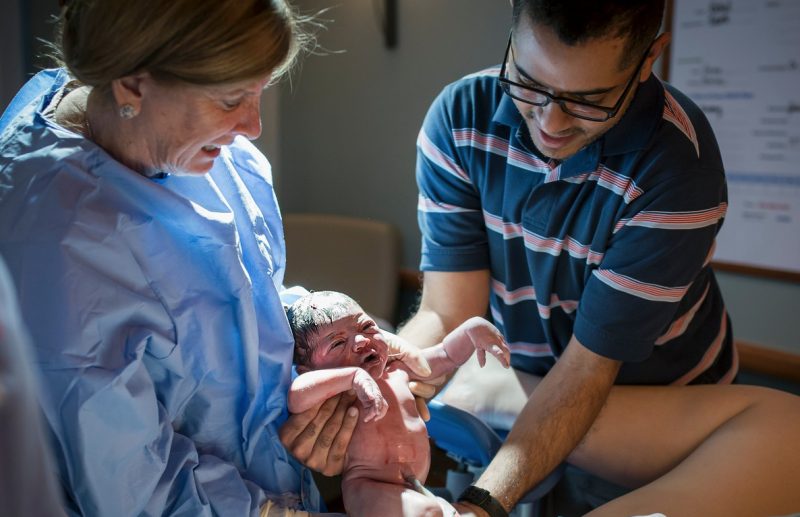ANOTHER African woman has broken the Guinness World Record for the most children delivered at a single birth to survive.
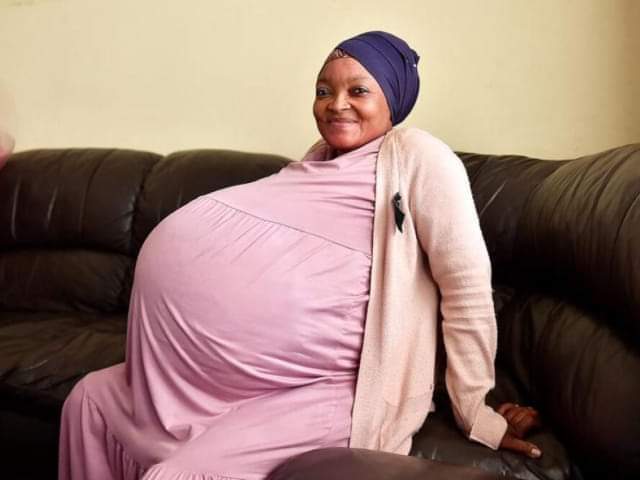
Gosiame Thamara Sithole from Gauteng in South Africa delivered her decuplets (10 babies) by a caesarean section in Pretoria on Monday.
She has broken the record previously held by Malian Halima Cissé, who gave birth to nine children (nonuplets) in Morocco in May.
Sithole, 37, a retail store manager, had six-year-old twins before her new birth.
She said her conception was natural.
A US woman Nadya Suleman had, in 2009, given birth to eight babies, octuplets, (two boys and two girls) at the Kaiser Permanente Medical Center, Bellflower, California, making her a world record holder before Cisse.
She conceived her babies with the aid of In Vitro Fertilization (IVF).
The babies were nine weeks premature when she delivered them.
An Australian woman and another from Malaysia had given birth to nine babies in 1971 and 1999. None of the children survived after few days.
Sithole, the new record holder, did not believe she conceived more than a triplet months after she was pregnant.

Her unemployed husband Tebogo Tsotetsi could not conceal his joy as he said he “felt like one of God’s chosen children.”
The ICIR reports that Sithole and her husband had exclusively spoken with Pretoria News, an online news medium, but urged that the platform delay the report for a cultural reason until she put to bed.
Sithole had more babies than doctors detected during scans. She was expecting eight but had seven boys and three girls.
She had the babies 29 weeks into her pregnancy.
“I am shocked by my pregnancy. It was tough at the beginning. I was sick. It was hard for me. It’s still tough, but I am used to it now. I don’t feel the pain anymore, but it’s still a bit tough. I pray for God to help me deliver all my children in a healthy condition and for me and my children to come out alive. I would be pleased about it,” she had said.
“I didn’t believe it. I doubted it. I was convinced that if it was more, it would be twins or triplets, not more than that. When the doctor told me, I took the time to believe it. Even when I saw the scans, I didn’t believe it. But, as time went by, I realised it was indeed true. I battled to sleep at night, though.
“How would they fit in the womb? Would they survive? What if they came out conjoined at the head, in the stomachs or hands? Like, what would happen? I asked myself all these questions until the doctor assured me that my womb was starting to expand inside. God made a miracle and my children stayed in the womb without any complications,” she had added.
Her husband said he was shocked when she learnt of the pregnancy.
“I could not believe it. I felt like one of God’s chosen children. I felt blessed to be given these kinds of blessings when many people out there need children. It’s a miracle which I appreciate. I had to do my research on whether a person could conceive eight children. It was a new thing. I knew about twins, triplets and even quadruplets.
“But after I found out that these things do happen and saw my wife’s medical records, I got even more excited. I can’t wait to have them in my arms,” Tsotetsi had said.
Pretoria News quoted the Deputy Head of the School of Medicine at the Sefako Makgatho Health Sciences University Dini Mawela, a professor, who said Sithole’s case was rare and usually caused by fertility treatments.
“It’s quite a unique situation. I don’t know how often it happens. It’s extremely high risk (pregnancy). It’s a highly complex and high-risk situation. The danger is that, because there is not enough space in the womb for the children, the tendency is that they will be small. What would happen is that they would take them out pre-term because there is a risk if they keep them longer in there. The babies will come out small, chances of survival compromised. But all this depends on how long she carried them for…
“Remember, when they do fertility treatment, they inject as many eggs as possible to increase the chances of conception because the assumption is that some of them would die. But they might all survive. So, I don’t know whether she conceived this naturally, which is possible, or whether this is a product of fertility treatment,” Mawela added.
She said the children would spend the next few months in the incubator because it was a ‘high risk’ pregnancy.
The Guinness World Record details the most significant births worldwide to include the most prolific mother ever (1782); heaviest birth and longest baby (1846); most consecutive girl/boy births in a family (1975); first test-tube baby (1978); most premature baby (1987); shortest female to give birth (2006); the oldest person to give birth (2006); heaviest woman to give birth (2007); most children delivered at a single birth to survive (2009), among others.



